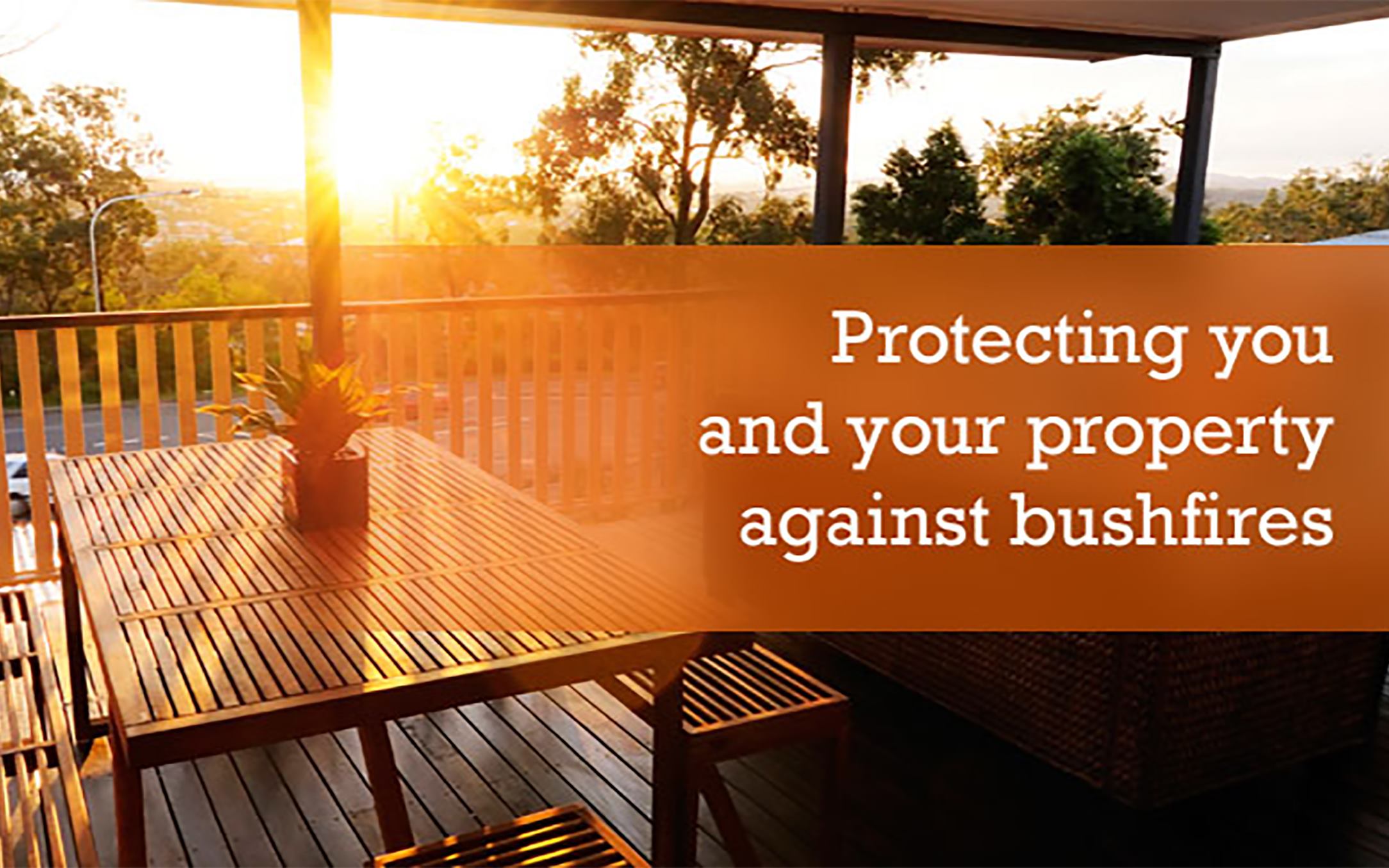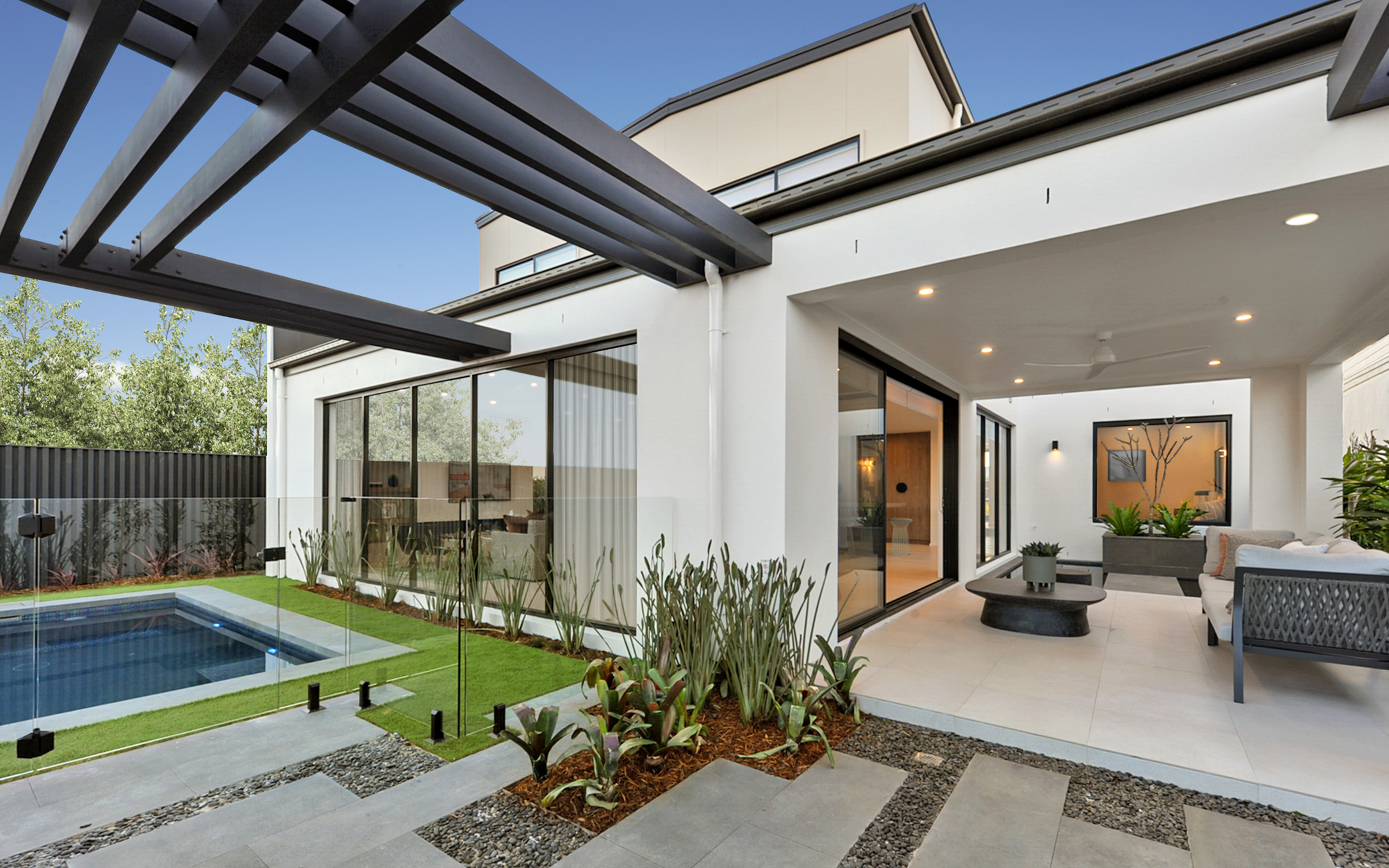The home building process
Building in a Bushfire Prone Zone
In New South Wales, the Planning for Bush Fire Protection 2006 document outlines the requirements that all new housing developments need to meet when building in a bushfire prone zone. It includes a way to asses a site’s bushfire attack level (BAL) to determine what materials should be used as set out in Australian Standard: 3959 Construction of buildings in bushfire-prone areas 2009 (AS3959).
What’s a bushfire attack level?
A bushfire attack level rates the risk your home may have to bushfire attack.
It takes into account where your site is, including its effective slope, what type of vegetation is on the site, and how close the vegetation will be to your home. It also considers the Fire Danger Index of the area.
There are six different levels:
- BAL-LOW
is given when the risk of bushfire attack is low. There are no specific construction requirements for this BAL. - BAL-12.5
- BAL-19
- BAL-29
- BAL-40
- Flame Zone
What are the construction requirements for homes built in bushfire prone areas?
The requirements depend on the BAL of the site, but they cover things that will protect your home against embers and radiant heat.
These are things like:
- The minimum requirements for joints and walls, including what they are made from and the thickness.
- Requirements for bushfire shutters or screens (to stop embers getting inside the house), windows, doors and garage doors.
- Requirements for window glazing.
- Non-combustible roofing material and gutter guards.
- Whether exposed water and gas pipes need to be made from metal or protected.
Rawson Homes has many years of experience building homes in bushfire prone areas. We can take you through the building process and make sure your new home meets its BAL requirements.
Contact us to find out more!




